Tips to Keep Opossums Out of Your Yard and Garden
Although opossums are docile creatures, they are notorious for the serious mess they can cause in yards and gardens. As opportunistic omnivores, they are drawn to a wide variety of food. Trash cans and pet food in the yard are a major attractant. Similarly, many fruit and plants in the garden are also on their menu.
Opossums are also drawn to yards and gardens in search of temporary shelter. However, because of the damage they cause and the health risk they pose, it’s advisable to keep them out. Here are major tips to keep these nuisance critters out of your yard and garden.
Remove Potential Food Source
The first step is to make your yard unattractive and that means eliminating all food sources. Ensure that your trash cans are properly sealed. Do not leave your pet food outside. Ensure that bird feeders are inaccessible to opossums.
Also, ensure that you remove fallen fruits and vegetables, as well as low-hanging fruits away from your garden.
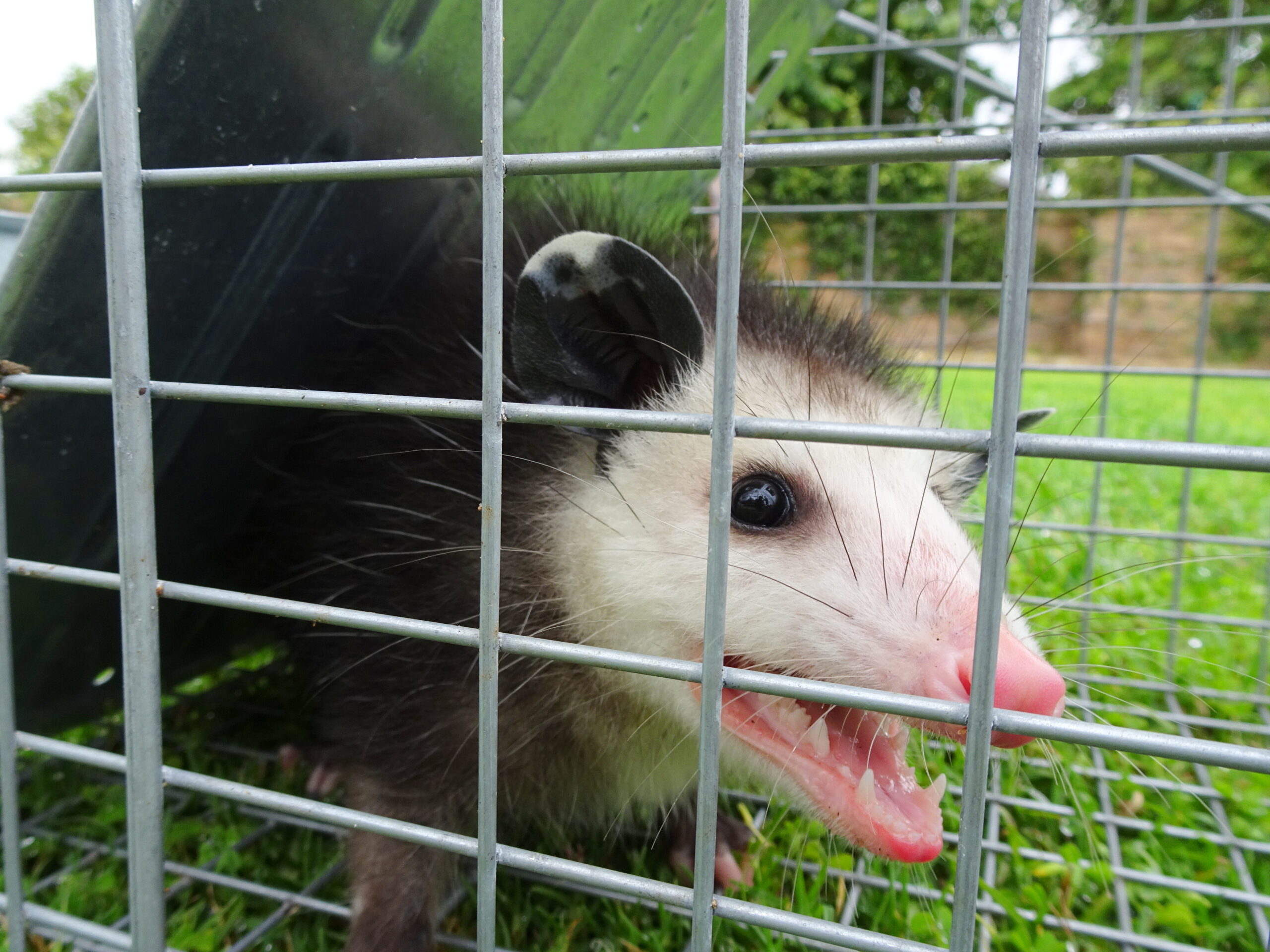
Eliminate Potential Hiding Spots
Opossums also look for temporary shelter in yards and gardens. Make structural changes to your landscape. This involves making sure that you thin out thick shrubbery. Also, remove piles of leaves and stacks of wood, as well as garden equipment like empty garden pots and wheelbarrows that can serve as a temporary hiding spot. Opossums hate it when your yard is clean.
Fencing
If you have the resources, fencing is an effective way to keep opossums away. Exclusion fences with electric wires over the top are particularly more suited. Ensure that the fence goes around the entire garden and is facing outwards to make climbing difficult. It should be, at least, 4 feet high. Also, it be should, at least, 12 inches deep so that opossums will not be able to burrow their way in.
Make use of Deterrents & Repellents
Several deterrents can be placed within your garden or yard to discourage opossums from coming close. Common examples include:
Motion-activated devices
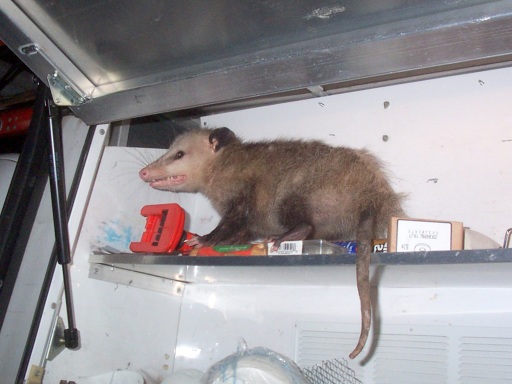
Thanks to their sensors, these devices are activated anytime they sense anything coming by.
The Virginia opossum is an extremely resourceful and adaptive creature. There is no one type of habitat that they attempt to live above all others. Instead, these animals can be found throughout Central America and North America.
In North America, they are found anywhere east of the Rockies and are spread out between Costa Rica and southern Ontario, Canada. They are constantly expanding their range northward in every direction at a quite significant pace.
During the Great Depression, it is believed that Virginia opossums were intentionally introduced to the west coast of the United States. Supposedly this was done in an effort to create an affordable source of meat for many people. Since their introduction in this region, they have been expanding their territory northward towards British Columbia, Canada.
A good example is a motion sensor sprinkler. Once an opossum approaches, it sprays water in its direction and this frightens the animals. In the same way, motion sensor lights are also effective. Since opossums are nocturnal creatures, having a light suddenly shine on them as they approach your garden can be scary and will help keep them away.
Repellents
Repellents like mothballs, ammonia, and garlic can help repel these pests. Similarly, spraying the urine of dogs or other predators or even the hair of cats or dogs will keep them away, as opossums generally try to stay out of trouble.
Trapping
When you’re dealing with a persistent opossum, trapping might be the best bet. Make use of a non-lethal trap and make sure you obscure it with leaves to trick the unsuspecting opossum into the trap. Thereafter, it can be properly relocated.
Select Your Animal

Raccoons
Raccoon Removal Information & How-To Tips
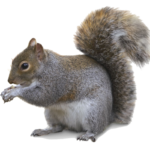
Squirrel
Squirrel Removal Information & How-To Tips
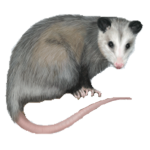
Opossum
Opossum Removal Information & How-To Tips
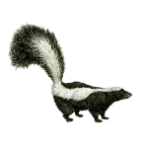
Skunks
Skunks Removal Information & How-To Tips
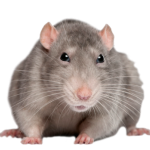
Rats
Rat Removal Information & How-To Tips
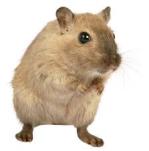
Mouse
Mouse Removal Information & How-To Tips
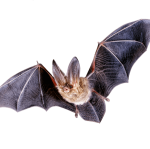
Bat
Bat Removal Information & How-To Tips
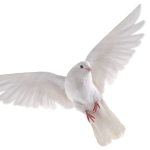
Bird
Bird Removal Information & How-To Tips
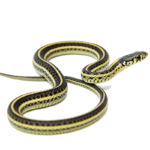
Snake
Snake Removal Information & How-To Tips
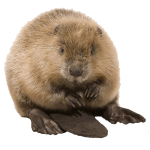
Beaver
Beaver Removal Information & How-To Tips
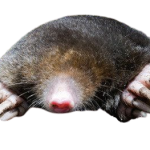
Mole
Mole Removal Information & How-To Tips
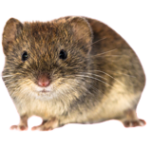
Vole
Vole Removal Information & How-To Tips
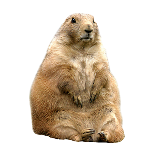
Gopher
Gopher Removal Information & How-To Tips
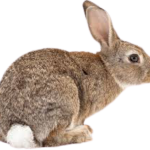
Rabbit
Rabbit Removal Information & How-To Tips
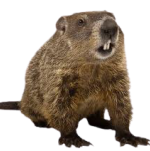
Woodchuck
Woodchuck Removal Information & How-To Tips
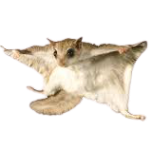
Flying Squirrel
Flying Squirrel Removal Information & How-To Tips
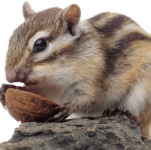
Chipmunk
Chipmunk Removal Information & How-To Tips
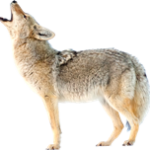
Coyote
Coyote Removal Information & How-To Tips
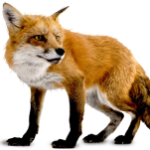
Fox
Fox Removal Information & How-To Tips

Wild Hog
Wild Hog Removal Information & How-To Tips
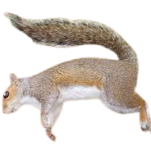
Dead Animal
Dead Animal Removal Information & How-To Tips